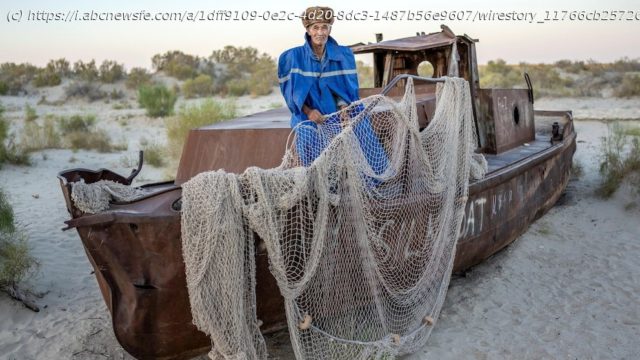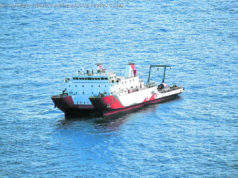Array
Brushing the dust from his hat and lying on the floor inside his home, Ali Shadilov recalls how he and other fishermen used to laugh at town elders who warned that the enormous sea they relied on was disappearing.
“Everyone laughed and said that it would take several million years,” said Shadilov, 73, one of the last surviving former fishermen of the Aral Sea. “Back then, no one could imagine that the sea would dry up.”
The Aral Sea was once the world’s fourth-largest inland body of water, with some 68,000 square kilometers (26,300 square miles). Colossal steel ships sailed on deep blue water filled with sturgeon, catfish and other species that were caught, canned and shipped across the Soviet Union.
EDITORS’ NOTE: This is the first piece in an AP series on the once-massive Aral Sea, the lives of those who’ve lived and worked on its shores, and the effects of climate change and restoration efforts in the region. The AP visited both sides of the Aral, in Uzbekistan and Kazakhstan, to document the changing landscape.
Thanks to the sea — technically classified as a lake, due to its lack of a direct outlet to the ocean — the region prospered. Hotels hosted tourists seeking cool waters for swimming. Workers and their families migrated to towns along the water, with neighborhoods becoming a mix of ethnic Russians, Kazakhs and local Karakalpaks.






